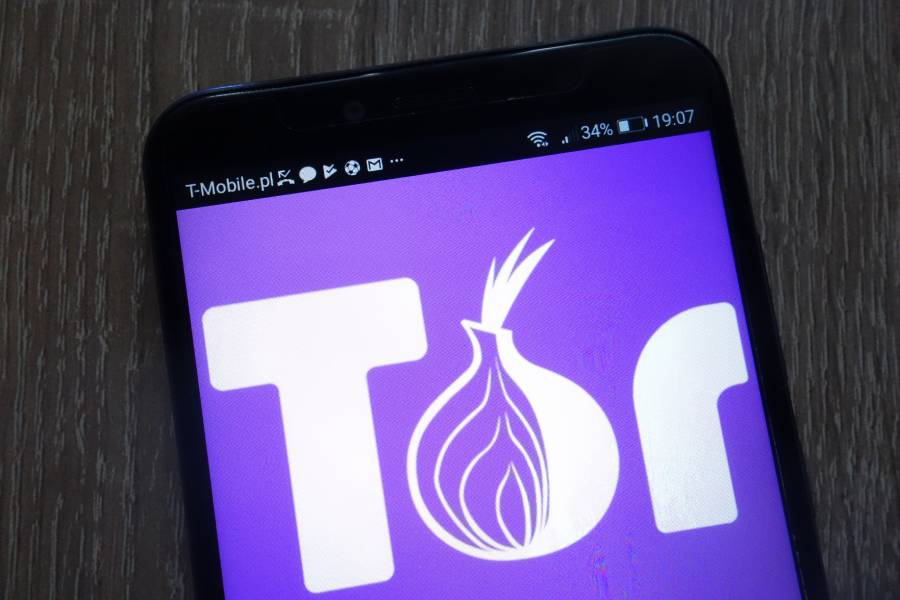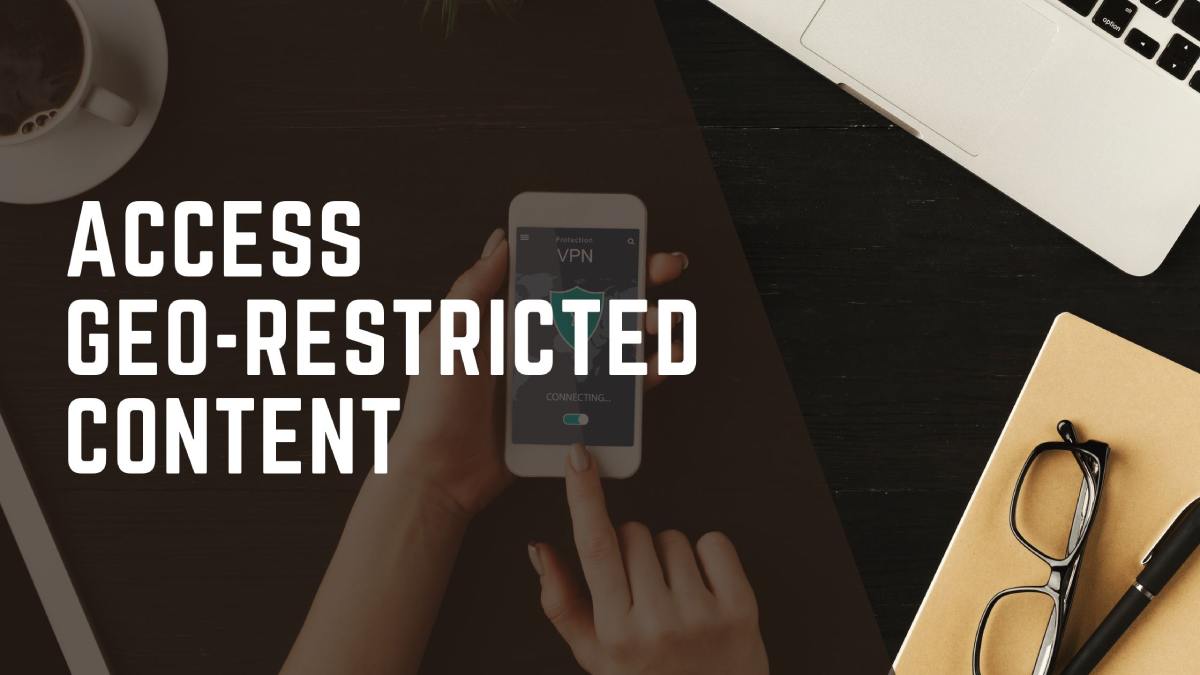It’s said that the internet is a digital library full of content that relays information or entertains people. Data is present on websites, and billions of them live as of writing.
While it may be free to visit the websites you want, you can get sites that don’t allow access due to your geographical location. You’ll often get a notification saying the content or site isn’t available in your location. Subscription sites and premium streaming services usually apply these geo-restrictions.
Therefore, if you’re on a visit to a different country, you may not access your favorite television shows. For instance, you’re a United States citizen. When you take a month-long visit overseas, you won’t be able to watch some TV shows. You can wait till you’re back in the States to access them. Alternatively, you can use a USA VPN or other tools to bypass the restriction and stay up to date from any location.
Why Geo-Restriction
Sites use geo-blocking for content that requires premium access or to comply with local licensing and copyright regulations. Additionally, geo-blocking can be used on sites that might be illegal in some countries.
Tools That’ll Grant You Access And Surpass Location Restrictions
Luckily, some tools can be handy if you’re traveling and still want to enjoy content from your home country. The tools mentioned below can help you access geo-restricted content from any location.
1. Virtual Private Network (VPN)
VPNs are some of the most popular tools used to access geo-blocking content. Part of its popularity comes from the fact that it also has features that improve your cybersecurity when using the internet. A VPN is a useful workaround, and it functions by replacing your device’s internet protocol (IP) address with that of a server in a different location.
Most VPN providers would give you a choice to pick a server location you want to use. From the previous example, if you’re a US citizen on vacation or a trip, there are times you might want to visit content back home.
When choosing a USA VPN, your provider will allocate your device to a US server. Every time you visit a geo-blocked website, the VPN masks your IP address and relays a local IP to the site’s server. In return, the receiving server will recognize the address as local and allow access to its content.
In essence, using a VPN creates an intermediary connection through which your online traffic from your device passes. It’s worth noting that VPNs use encryption, thus providing an added security layer to your online activity. Connecting via VPN can affect your internet speed. However, the change is usually so minimal that it’s barely noticeable.
2. The Onion Router Browser

The onion router browser, or simply TOR browser, runs your online requests through a series of nodes that help mask your IP address. These nodes form a series of layers in which your data is encrypted from one layer to another. Thus, your digital fingerprint is scrambled every time it passes through a node.
Due to the encryption through the nodes, the TOR browser tricks a website into accepting your request no matter your location. Therefore, the TOR browser could be helpful if you’re data scraping for your competitor’s website content.
It’s important to note that your internet connection might become slow due to the multiple layers. Some internet service providers (ISPs) can also block TOR relays if they discover them. This, again, can result in slower connections.
Nonetheless, the TOR browser is a free service that can also help protect your privacy due to the elaborate data encryption. To use TOR, you’d need to install it on your device. It’s a multi-device application, and it’s available for desktops, laptops, and smartphones.
3. Proxies
Accessing geo-restricted content using a proxy is relatively straightforward.
A proxy acts as an intermediary between you and the host server. Thus, it accesses content on your behalf, which helps mask your IP address. You can get both free and paid proxies in the market. Yet it’s vital to consider your privacy and security when using free proxies.
You can ask your proxy provider for your preferred server location if you use a paid proxy. This enables you to access geo-blocked sites from that geographical region.
Most proxies are web-based. Hence, you don’t have to install them on your device to use them. This makes them easily accessible.
As a reminder, you should note that most proxies don’t encrypt your data; therefore, your digital footprint is vulnerable to unauthorized access.
4. Smart Domain Name Server
When you use a smart domain name server (DNS), your IP address is rerouted through another location. Your ISP assigns your device a DNS address that identifies its location. When you access content on the internet, the host server uses the DNS address to map your geographical location.
But a smart DNS redirects your data through a remote server that allocates your device a local DNS address. The new DNS tricks the host server to allow access to the geo-restricted content.
It’s crucial to note that smart DNS only changes the DNS address and doesn’t encrypt your data – you can still compromise your security and privacy.
Conclusion
Various sites can geo-block content on the internet due to a license restriction or a copyright regulation. This is contrary to the spirit of the internet, which promotes freedom of access to various online information pieces. Fortunately, the above mentioned tools can help you access such geo-restricted content.







